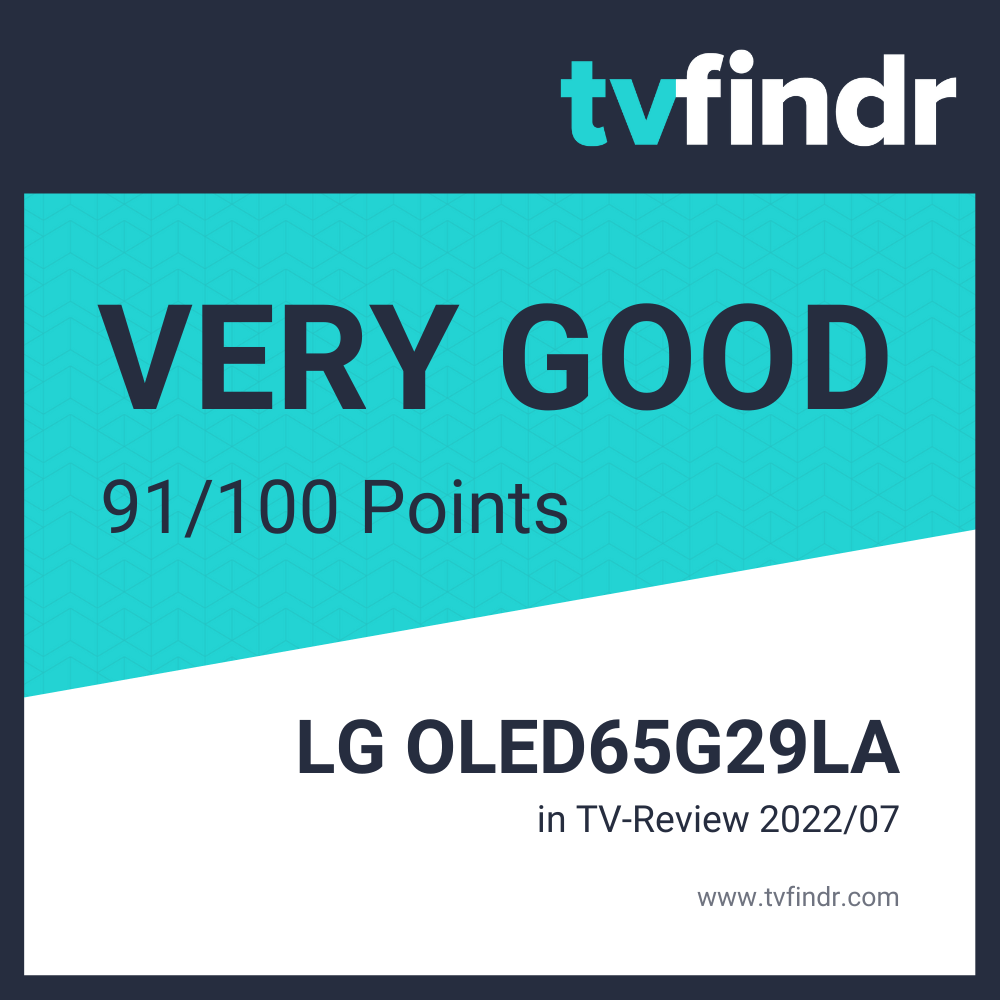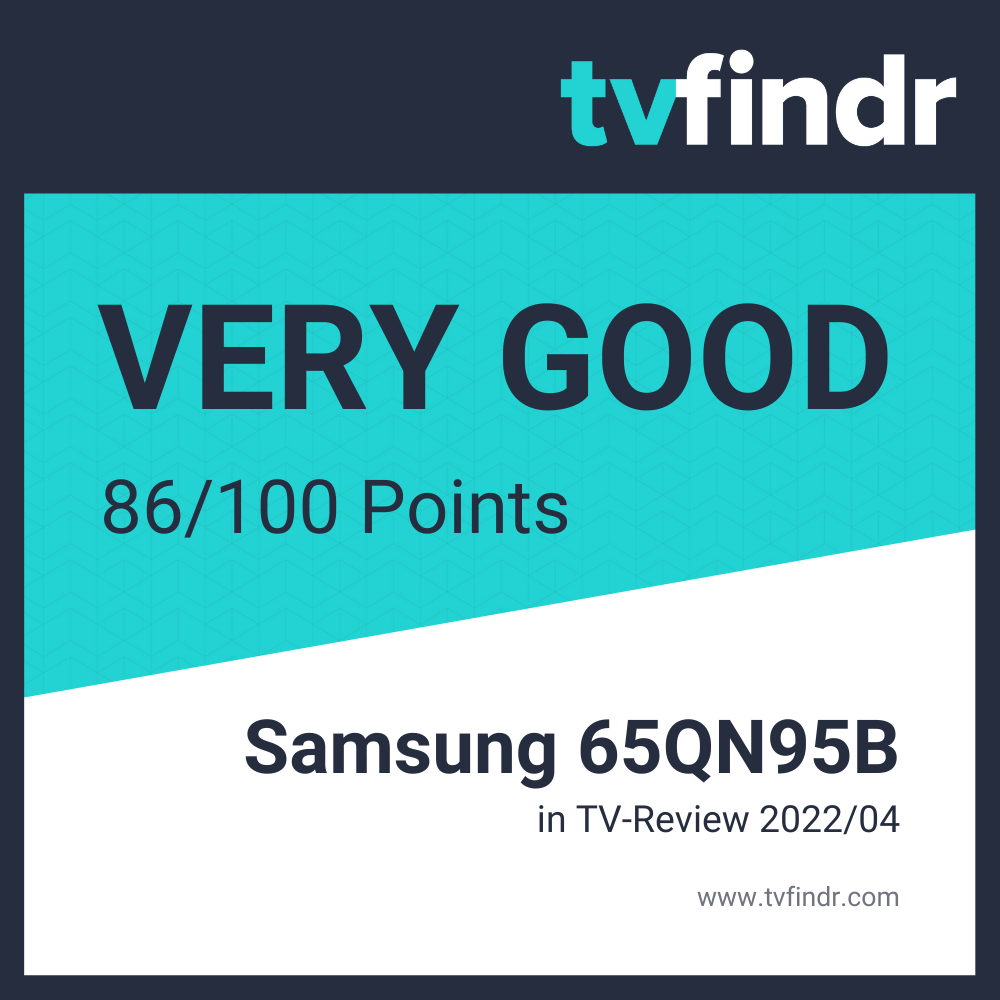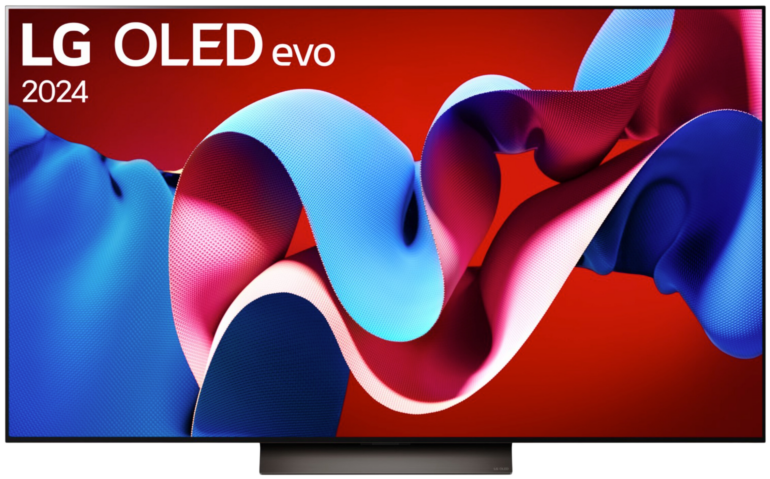LG OLED evo G2 vs Samsung Neo QLED QN95B TV comparison 2022/07


Hey! If you buy through our links, you support our project. It won't cost you a cent more! Many thanks in advance! ♥️
LG OLED evo G2 and Samsung Neo QLED QN95B compared – Which TV is better?
Detailed comparison: LG OLED evo G2 or Samsung Neo QLED QN95B
The terrain of LED LCD TVs
The QN95B anti-reflective coating avoids screen reflections really well especially when displaying bright content. Even direct light shows up on the panel in a visibly weakened form. Thus, image content can still be recognized well even during the day and in a lot of room light.
This does not automatically put the mini-LED TV in pole position in our comparison between the LG OLED evo G2 vs Samsung Neo QLED QN95B, but it is enough to position it ahead of the LG OLED evo G2.
The disadvantage of the reflective layer on the Samsung TV is a perceptible rainbow effect caused by the light reflections.

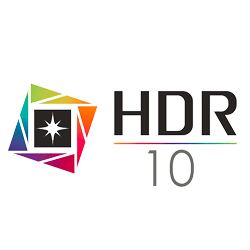


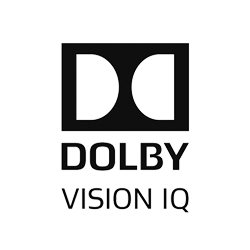



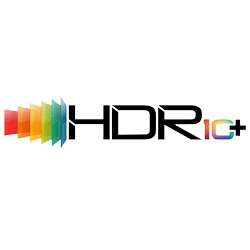
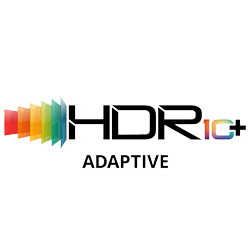
The OLED section
When you sit in front of a TV in large groups, not everyone has the same view of the screen. Depending on the hardware, features, and of course the angle, quality can be compromised.
Although the photo frame TV does better in our comparison between the LG OLED evo G2 vs Samsung Neo QLED QN95B as expected, the QN95B also has a comparatively high performance to offer in order to still display the picture content well. In the end, however, the Samsung TV has to admit defeat to the OLED competition and move out of the way.
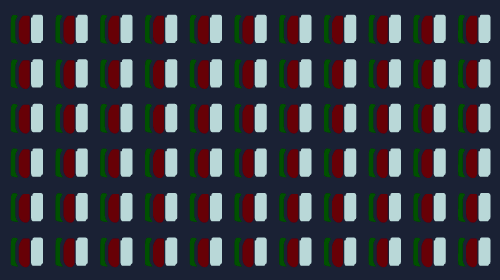


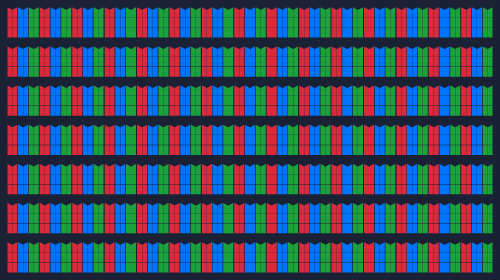


This is a case for contrast
Due to its theoretically limitless contrast, which is evident in our comparison between the LG OLED evo G2 vs Samsung Neo QLED QN95B, the LG model impresses with a precise display and leaves black image areas in black even with nearby – significantly brighter – pixels.
The Samsung QN95B does not manage this on the same quality level, but it benefits from its immense peak brightness when outputting the SDRStandard Dynamic Range – image/video with a conventional gamma curve (opposite: HDR) – “normal” videos color space. Unfortunately, the ABL interferes quite strongly and limits the QN95B’s performance. This is also a problem of the G2, though.



Brightness at a top level
The Samsung QN95B finally releases the handbrake in the HDRHigh Dynamic Range – image/video with more dynamic range (contrast range) color space and allows you to see its true performance with an incredibly great brightness. Particularly small image details benefit from this and are thus shown to their best advantage.
Compared to this, the Gallery TV in our comparison between the LG OLED evo G2 vs Samsung Neo QLED QN95B – regardless of the built-in heat sink – can’t really keep up this pace.
Once again, the ABL is partly responsible for this. This protection mechanism darkens the screen noticeably, especially in bright scenes, so that the self-luminous pixels of the G2 remain undamaged.











Two top models for binge-watching
In general, the two TVs are best suited for long binge-watching sessions since all important streaming providers are represented. However, the tendency of the G2 to have problems with annoying highlights or ambient light is simply higher due to the lower peak luminance in combination with the somewhat more noticeable tendency to reflections.
As expected in the comparision of the LG OLED evo G2 vs Samsung Neo QLED QN95B, the TVs do not cover themselves with much glory in terms of sound. However, that is not necessary in our eyes. Other solutions, such as soundbars, are available to enjoy a full-fledged home theater experience or to bring a stadium atmosphere to your home.
With the Samsung, you can also make use of the Q-Symphony feature combined with the OTS+ sound reproduction. The G2 does not offer anything similar.


Gaming performance at its best
As soon as you pick up a controller to get away from it all for a few minutes on one of those devices, you’ll be well-supplied with all the necessary gaming features, whether it’s the G2 or the QN95B. However, you will have to choose between a feature that you won’t find on the other model an vice versa.
Gamers who want to use the TV as a larger secondary monitor on the workstation can use a refresh rateHertz is the derived SI-unit of frequency with 1Hz=1/s – When talking about TVs this means how many different pictures a TV can display in one second. of up to 144 frames per second, as long as the computer’s performance allows it. However, console gamers do not benefit from the increased frame rate at all.
On the other hand, the Samsung Neo QLED QN95B does not have a Dolby VisionDynamic HDR-format with a color depth of up to 12 Bits and Mastering of up to 10,000 Nits license and thus Dolby Vision Gaming is not available. You can therefore only activate the increased color space in the G2. However, this only applies to supported content and only on the Xbox Series X|S so far.






It's about the uniformity
n terms of response time, both top devices offer top ratings, which ensure very little blurriness. Fast scene changes and motion actions in sports programs are rendered pleasantly clear.
While you’ll find one or the other island of spots on the QN95B when displaying uniform colors on the screen, you’ll first have to really search on the G2 to finally realize that you’ll find practically nothing. This score goes to the LG TV’s points account.
Two operating systems relaunched
Both the G2 and the QN95B are launched with a revised OS. While the Samsung TV’s Tizen version 7 has lost some of its clarity and now looks a bit cluttered, webOS 22 brings you customizable profiles.
In addition, you can use the so-called Hands Free Voice Control starting with the 2022 lineup. This allows you to speak directly to your TV without a remote control and instruct it what to do.
You’ll find plenty of suitable voice assistants on both sides. These are Alexa and Google Assistant. In addition, you will find the in-house ThinQ AI in the G2 and Bixby in the QN95B.
The thin design of the slim LG takes advantage of a flat installation on the wall and the corresponding Gallery Mode, which turns the TV into a piece from the art gallery. The Mini-LED counters this with its One Connect Box.
The compact cable rack is an useful addition and ensures that your cable management stays organized and you don’t have to reach or climb behind your TV every time you want to reconnect something.


integriert

integriert


integriert

integriert
Our conclusion:Perfect contrast vs extra bright
Both devices belong by far to the top models of their panel types and do not give each other much. Regardless which of these TVs you choose, you will not really go wrong with either of them. In this respect, your personal taste and one or the other feature is what will determine the choice.
Depending on your usage behavior, we still have a certain tendency in our comparison between the LG OLED evo G2 vs Samsung Neo QLED QN95B. Therefore, we advise you to go for the Samsung Neo QLED QN95B in case of bright room light and the occurrence of spotlights.
Especially if you use the TV a lot during the day. If you can effectively darken your room, watch mostly in the evening or have a somewhat dark apartment, we recommend the LG OLED evo G2 because of the overall better contrast.
